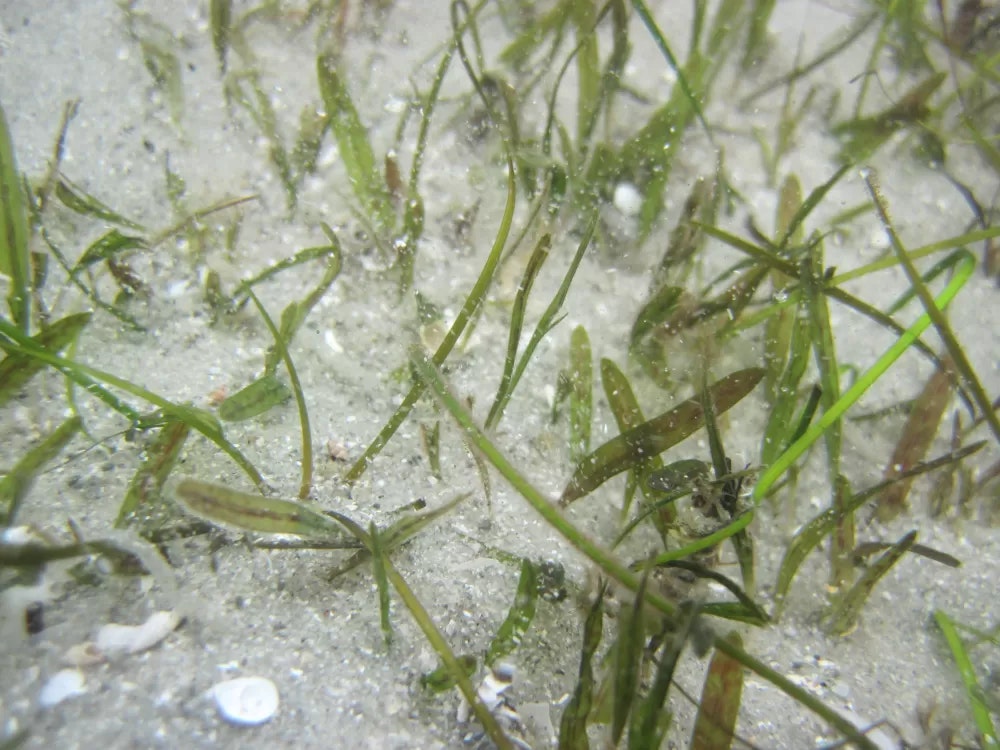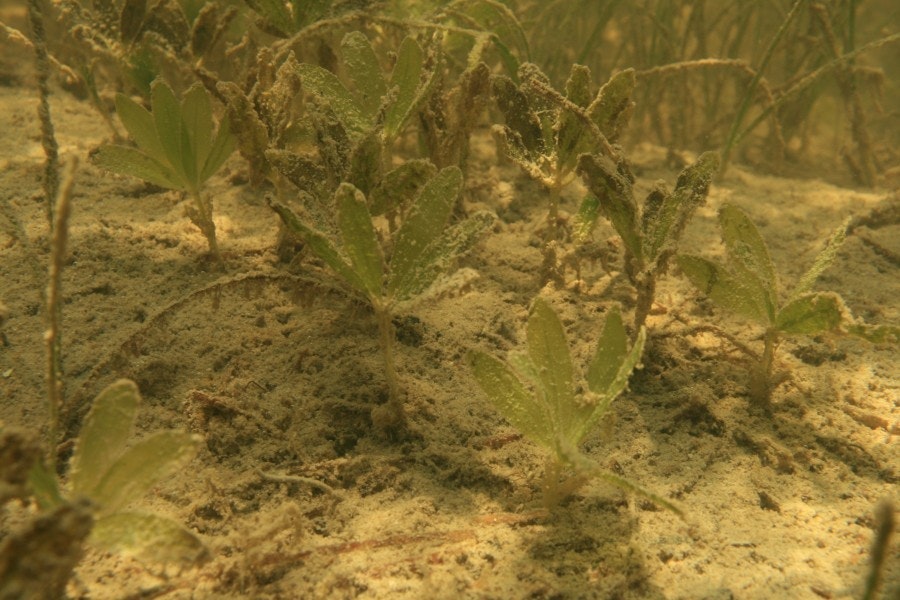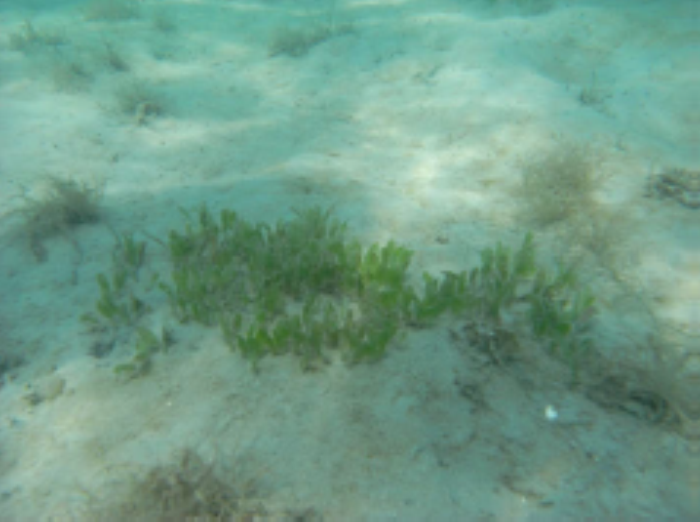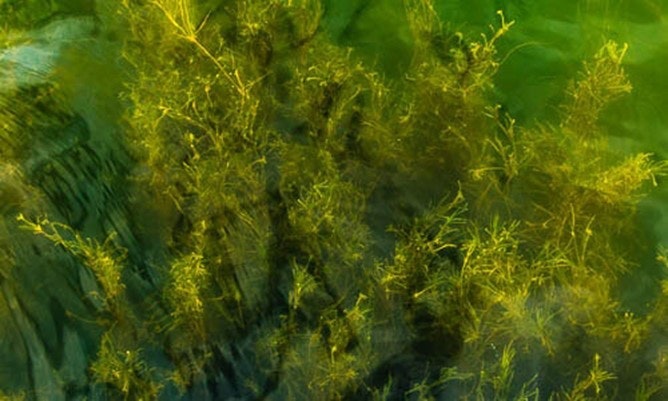The seven seagrass species of the Indian River Lagoon
About our seagrasses
Seagrasses are flowering, saltwater plants that live in the shallow areas of an estuarine system. They not only act as a nursery and food source for juvenile fish, shellfish and manatees, but also improve water quality by trapping and removing sediment and nutrients suspended in the water column. Seagrass roots and rhizomes stabilize sediment in the lagoon bed, and established beds help protect shorelines and limit erosion. The drift algae collected within the seagrass is an important component in organism habitat and the collection of nutrients within the lagoon.







